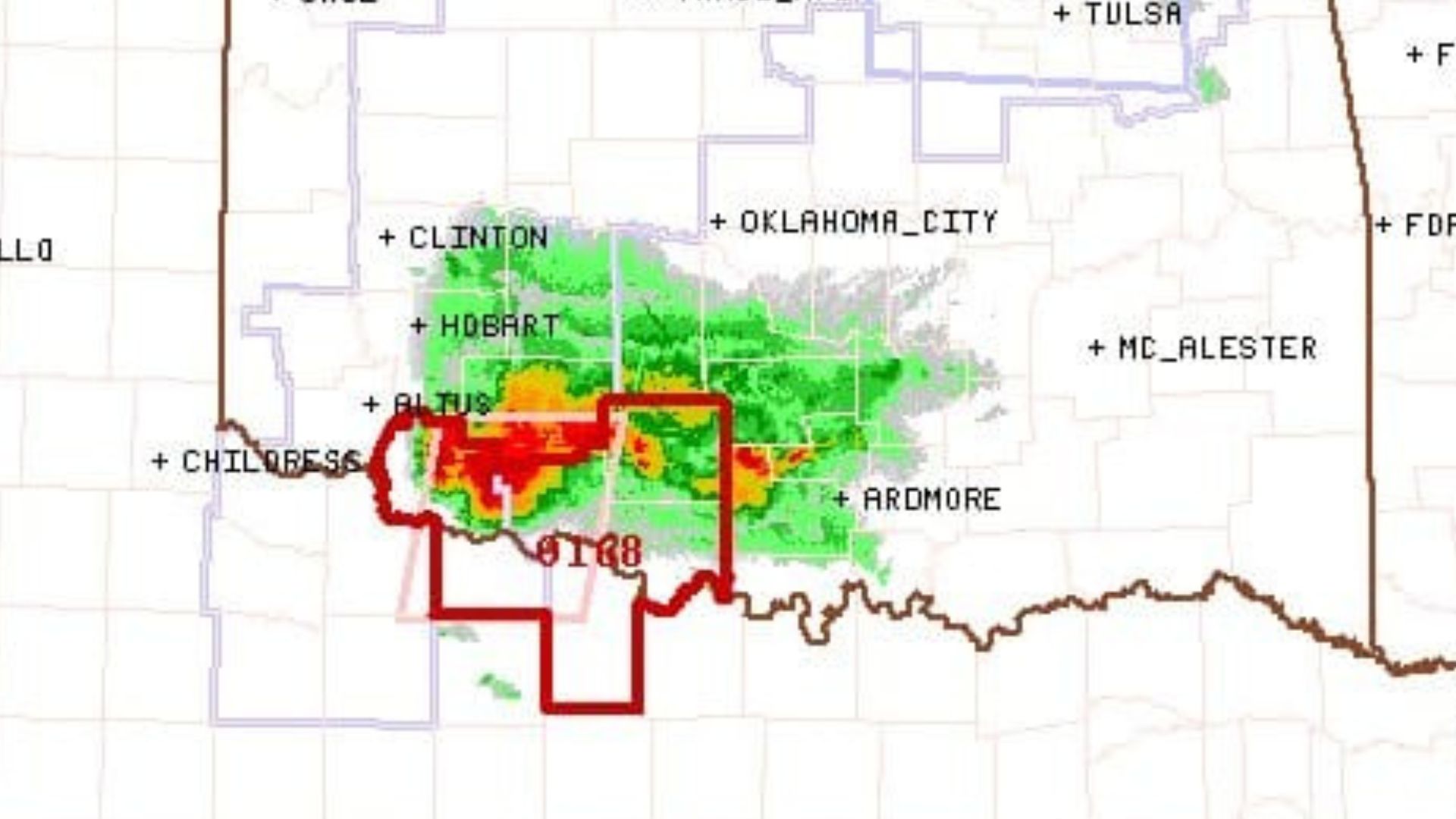Mathematics, Vol. 12, Pages 760: Eigenvalue Problem Describing Magnetorotational Instability in Outer Regions of Galaxies
Mathematics doi: 10.3390/math12050760
Authors: Evgeny Mikhailov Tatiana Khasaeva
The existence of magnetic fields in spiral galaxies is beyond doubt and is confirmed by both observational data and theoretical models. Their generation occurs due to the dynamo mechanism action associated with the properties of turbulence. Most studies consider magnetic fields at moderate distances to the center of the disk, since the dynamo number is small in the marginal regions, and the field growth should be suppressed. At the same time, the computational results demonstrate the possibility of magnetic field penetration into the marginal regions of galaxies. In addition to the action of the dynamo, magnetorotational instability (MRI) can serve as one of the mechanisms of the field occurrence. This research is devoted to the investigation of MRI impact on galactic magnetic field generation and solving the occurring eigenvalue problems. The problems are formulated assuming that the perturbations may possibly increase. In the present work, we consider the eigenvalue problem, picturing the main field characteristics in the case of MRI occurrence, where the eigenvalues are firmly connected with the average vertical scale of the galaxy, to find out whether MRI takes place in the outer regions of the galaxy. The eigenvalue problem cannot be solved exactly; thus, it is solved using the methods of the perturbation theory for self-adjoint operators, where the eigenvalues are found using the series with elements including parameters characterizing the properties of the interstellar medium. We obtain linear and, as this is not enough, quadratic approximations and compare them with the numerical results. It is shown that they give a proper precision. We have compared the approximation results with those from numerical calculations and they were relatively close for the biggest eigenvalue.

 1 month ago
20
1 month ago
20


